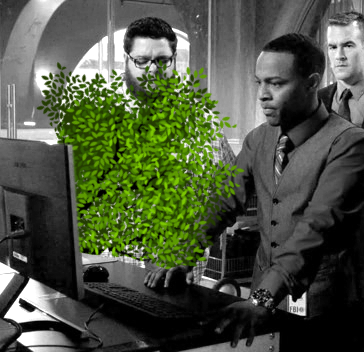Stirling scores with tree tool
 WA’s City of Stirling has developed a tree canopy modelling tool that other local governments are keen to get their hands on.
WA’s City of Stirling has developed a tree canopy modelling tool that other local governments are keen to get their hands on.
Stirling has shared the tool with the WA Local Government Association, which has already started spreading it to other councils.
The tech tools have proven useful for urban forest strategy development; a vital tool to prevent urban tree loss.
“Our trees are an important asset and an essential resource,” said City of Stirling Mayor Mark Irwin.
“The City has been mapping tree canopy cover for five years to better understand the rates of loss and where we are losing canopy.
“The canopy model shows the long-term effects of local government tree planting programs and efforts to reduce tree loss.”
Cr Irwin said the computer modelling gives a glimpse of potential tree cover in the future, and can reveal what will happen if current trends continue or if improvements are made.
“It’s a powerful tool and provides a window into the future – showing the effects of various levels of retention and planting,” he said.
“The City learned that although we are planting 10,000 new trees each year, it’s not enough to replace the tree canopy cover lost – this is because trees take many years to grow to maturity.”
Nearly 1 million square metres of canopy cover in the City of Stirling has disappeared over the last five years.
The modelling tool has revealed that cover will drop by up to 50 per cent in suburbs with high rates of development if nothing is done.
The model is being used to inform the City’s planning for the future urban forest.
Stirling Urban Tree Network member Lisa Thornton said the city has its work cut out.
“By recent indications, it is in continuing decline with 12 of our local suburbs suffering significant canopy loss of between 10 to 17 per cent over the last five years,” she said.
“Having a dense urban canopy in our suburbs results in temperatures being anywhere between 7 to 15 degrees cooler.”
She said the tool highly accurate and offered data analysis that would have been hugely time-consuming without it.
Cr Irwin said three other local councils are setting up their own local datasets with the tree canopy model.
“It’s important to share the knowledge we have gained because all local councils are working towards a common goal – cool, leafy suburbs for the community to enjoy now and into the future,” he said.








 Print
Print